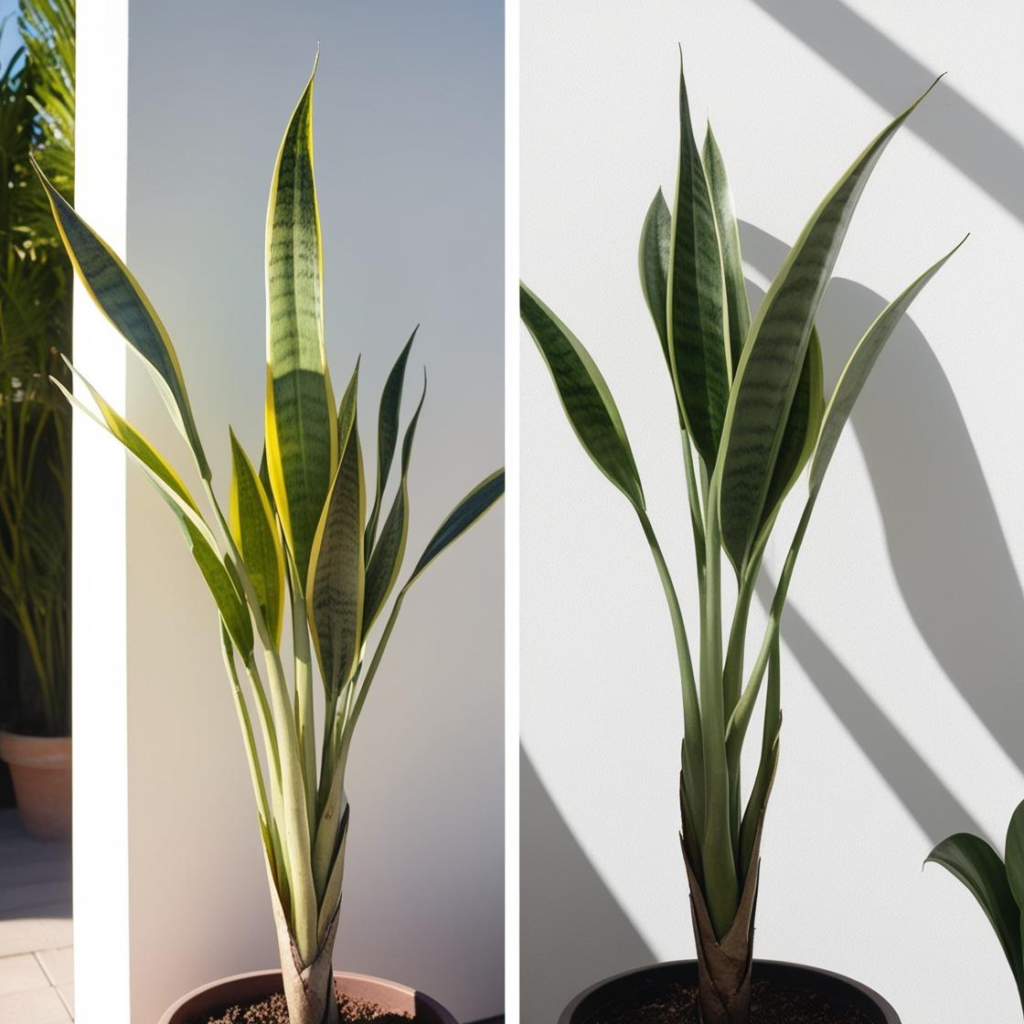Bringing outdoor snake plants into your garden is a rewarding experience, but understanding how to care for them—especially when it comes to watering—is crucial. Imagine watching your plants flourish, their vibrant leaves swaying gently in the breeze, all because you’ve provided them with the right care. This guide will help you navigate the needs of your outdoor snake plant watering, ensuring they thrive beautifully while you enjoy their many benefits.
Understanding Snake Plant Needs

Importance of Snake Plant Watering
Watering is an essential aspect of plant care that directly affects growth and overall health. Snake plants, or Sansevieria, are often praised for their resilience and ability to tolerate neglect. However, this doesn’t mean they thrive without any care at all. While these hardy plants can survive periods of drought, providing them with the right amount of water is key to promoting healthy growth and vibrant foliage.
- Drought Tolerance: Snake plants are native to arid regions, which is why they have adapted to survive with minimal water. This resilience can lead many plant owners to underestimate their watering needs.
- Healthy Growth: Ensuring your snake plants receive adequate water during their growing season can help them reach their full potential. Proper watering contributes to strong roots, robust leaves, and overall vitality.
Ideal Watering Conditions

Climate Considerations
The environment in which you live plays a significant role in determining your snake plant’s watering needs. Here’s how different weather conditions impact your watering schedule:
- Hot Climates: In warmer regions, snake plants may require more frequent watering to combat evaporation and maintain moisture in the soil.
- Cool Climates: Cooler weather can reduce the plant’s water consumption. During these months, it’s essential to adjust your watering routine to avoid overwatering.
- Rainy Seasons: If you live in an area with a distinct rainy season, you might need to scale back your watering during these months. Ensure that the soil drains well to prevent root rot.
Soil Type Impact
The type of soil you use is crucial for moisture retention and drainage. Snake plants thrive in well-draining soil, which prevents excess water from accumulating around their roots. Consider the following when selecting soil:
- Well-Draining Soil: A mix designed for succulents or cacti often works well for snake plants. This type of soil allows excess moisture to escape while retaining enough for the plant’s needs.
- Amendments: Adding perlite or coarse sand to your potting mix can enhance drainage, ensuring your snake plant remains healthy.
Watering Techniques
How to Water Your Snake Plant
Proper watering techniques can make all the difference in keeping your snake plant healthy. Follow these steps for optimal results:
- Check Soil Moisture: Before watering, insert your finger about an inch into the soil. If it feels dry, it’s time to water. If it’s still moist, wait a few days.
- Drench the Soil: When you water, do so thoroughly until water flows out of the drainage holes. This ensures that the entire root system receives moisture.
- Avoid Standing Water: Always empty excess water from saucers beneath the pot. Standing water can lead to root rot and other issues.
Watering Frequency
Your watering frequency will vary depending on several factors, including climate and soil type. Here’s a general guideline:
- Spring and Summer: During the growing season, aim to water every 1-2 weeks, allowing the soil to dry out between waterings.
- Fall and Winter: Reduce your watering frequency to every 2-3 weeks, as snake plants enter dormancy during these cooler months.
Signs of Overwatering and Underwatering

Recognizing Plant Stress
It’s vital to monitor your snake plants for signs of stress caused by improper watering. Here’s what to look for:
- Overwatering Symptoms:
- Yellowing leaves
- Soft or mushy stems
- Root rot (which can lead to a foul smell)
- Underwatering Symptoms:
- Wrinkled or shriveled leaves
- Leaves turning brown at the tips
- Slowed growth
Quick Troubleshooting Tips
If you notice any signs of stress, here are some quick solutions:
- For Overwatering: Allow the soil to dry out completely before watering again. If root rot is suspected, consider repotting your snake plant in fresh, dry soil.
- For Underwatering: Water your snake plant thoroughly, ensuring that the moisture reaches the roots. Consider adjusting your watering schedule based on the season and environmental conditions.
Seasonal Watering Guide

Adjusting Watering Frequency
Snake plants have different watering needs throughout the year. Here’s a seasonal guide to help you adjust your care routine:
- Spring: As temperatures rise and growth begins, increase your watering frequency. Check the soil every week to ensure it’s drying out adequately.
- Summer: Continue regular watering, but be mindful of extreme heat. You might need to water more often if the soil dries out quickly.
- Fall: Begin reducing your watering as the days get shorter and temperatures drop. Water every 2-3 weeks, depending on moisture levels.
- Winter: Water sparingly, only when the soil feels dry a few inches down. Overwatering during dormancy can be detrimental.
Conclusion and Final Tips
Summary of Key Points
Watering your outdoor snake plant doesn’t have to be complicated. By understanding its needs and adjusting your care routine based on climate, soil type, and seasonal changes, you can keep your snake plant thriving. Remember to check soil moisture regularly, adjust your watering frequency, and watch for signs of stress.



